By Molly Patrick
Aug 1, 2017,
By Molly Patrick
Aug 1, 2017,
So here’s some fuckery for you.
There’s arsenic in rice.
Now, if you know me at all, you know I’m not a fan of sensationalism or drama and I don’t get wrapped up in internet nonsense, especially surrounding food.
Here’s how that goes…
Really? We should avoid beans and legumes because of antinutrients?
Pure bullshit.
Soy is evil and causes breast cancer and man boobs?
It’s actually the opposite.
Avoiding carbs is the best way to lose weight?
Just no.
People can’t get enough ”high quality” protein on a plant-based diet?
Where do I even start with this tired ass argument?
Eating a Whole-Food Plant-Based diet is the ultimate cure for every health condition?
Not a chance.
So although high arsenic levels in rice might sound like another argument that paleo supporters make against a plant-based diet, this one actually holds some weight.
Let’s work this out.
Inorganic Arsenic is classified as a class one carcinogen.
There is naturally occurring organic arsenic in the environment that isn’t harmful to human in minuscule doses, but inorganic arsenic is a different jam.
Things that have the class one carcinogen stamp are things KNOWN to cause cancer in humans.
Asbestos, cigarettes, processed meat (including bacon, ham, sausage and lunch meat), formaldehyde and plutonium are a few examples of class one carcinogens.
So arsenic is nothing to fuck around with!
Long term exposure to low-moderate arsenic levels is associated with different types of cancers, cardiovascular disease, type 2 diabetes and a suppressed immune system.
So what the hell is arsenic doing in rice?
Well, there are two main causes of this.
The first is arsenic-containing pesticides used in cotton fields in the south, and the other is pesticide-containing drugs given to chickens in factory farms. These particular weed killers on steroids and poultry drugs are now banned, but unfortunately huge damage is still in play.
For over a century, 30,000 tons of arsenic based pesticides were used on millions of acres of cotton fields in Arkansas, Louisiana, Mississippi, Missouri and Texas.
A lot of the land and soil that was once used for cotton is now used for rice. In fact, 80% of all rice grown in the U.S. is grown in the south.
Now let’s look at the farm fowl problem.
Up until last year, arsenic containing drugs were given to chickens to help fight off disease and infection due to overcrowding (these drugs were never even approved in the European Union by the way). Arsenic would then find its way into the tissue of chickens, exposing humans who eat those chickens to high levels of arsenic. This is why arsenic levels in people who eat chicken has shown to be much higher than those who don’t eat chicken.
Even if you don’t eat chicken, arsenic exposure is still a threat. This is because chickens who have been given arsenic-containing drugs have arsenic in their poop (the least appealing sentence, maybe ever).
And when you have a factory farm that has 200,000 chickens stuffed into one hen house, you literally have a shit ton of chicken poop. And all that arsenic poop is used for fertilizer, or it’s washed out of the farms and seeps into the soil, water and air.
Arsenic contaminated soil and water is a hotbed, ready for any crop to suck it up. And the crop that sucks up the most arsenic, dun ta da da, is rice. Hence the current rice/arsenic problem. Insert super sad face here.
And this is a shitty problem (literally as it turns out) because people who eat the most whole grains (including rice), along with all the other whole plant foods, are people who are generally the most health conscious. So arsenic in rice is a huge buzzkill.
Does this mean you should never eat rice again?
Probably not, but that is entirely up to you.
Just like all whole grains, brown rice has a lot of health benefits. But as of right now, there isn’t solid research that shows the health benefits of brown rice to outweigh the cons of arsenic contamination in rice.
The good news is there’s a lot of other health promoting whole grains to choose from that don’t contain arsenic. (whoop whoop!)
Quinoa, millet, buckwheat, rye, oats, barley – are all just as healthy as brown rice, and better yet, they don’t come with a dose of arsenic. If you want to continue eating brown rice from time to time (like I plan on doing), here are some tips and info to get the least amount of arsenic exposure as possible.
- Buy brown basmati rice grown in California, India or Pakistan. Rice from these areas seem to be the safest choices.
- Avoid all rice grown in the south, including Texas, Arkansas, Louisiana, Mississippi and Missouri.
- On average, rice coming out of the U.S. has double the amounts of arsenic anywhere else in the world, including Asia. If you look at rice produced in California, the arsenic levels are comparable to the rest of the rice around the world.
- Long grain rice is typically grown in the south and short grain is typically grown in California, so if you’re not sure where your rice is grown, choose short grain.
- Red and black rice appear to have less arsenic than brown or white.
- Buying organic rice might help avoid other toxins and pesticides, but even if organic rice is grown in arsenic contaminated fields, that organic stamp won’t help against arsenic.
- Lower levels of arsenic have been shown in white rice than in brown rice, but the arsenic in brown rice isn’t as bioavailable, meaning the body doesn’t absorb the arsenic in brown rice as it does in white rice. So choosing brown rice is best because of the added nutrients and fiber that white rice does not contain.
- Don’t eat more than 1/2 cup of cooked rice a few times a week.
- Eat a wide range of whole grains and when you cook your rice, add in other grains, such as millet and oats. (This is beneficial anyway because you want a nutrient diverse diet, yo!)
- Choose the brand Lundberg when you buy rice. Unlike other brands of rice, Lundberg hasn’t brushed this problem off. They have taken action and have been transparent about their findings. According to their website, their brown basmati, brown jasmine, black and red rice appear to have the least amount of arsenic. All of Lundberg’s rice is grown in California.
- Uncle Ben’s, Walmart (Great Value) and Whole Food’s 365 brand scored the worst levels of arsenic, exceeding the national average of arsenic in rice. Avoid those brands.
- Rinsing rice doesn’t seem to reduce the arsenic levels, but if you boil brown rice like pasta and then drain and discard the water before you cook it, this cuts the arsenic levels by 60%. Use a big pot and add 1 cup of rice to 10 cups of water. Bring to a boil, boil for a minute or two, then drain and discard the water and cook the rice as you normally would, just with a bit less water to compensate for the par boiled rice.
- Check your city’s water supply because 8% of public water supplies in the U.S. exceed legal arsenic limits. If you live in a city that has high amounts of arsenic in the water, buy purified water.
- Avoid chicken, fish, rice cereal, rice milk, rice crackers and brown rice syrup (note that a lot of prepackaged foods, vegan or not, contain brown rice syrup). Luckily, there are easy alternatives to all of these items. Get your protein from plants, use soy milk, almond milk or hemp milk instead of rice milk, use cucumber rounds instead of crackers and use maple syrup or date syrup instead of brown rice syrup.
- Rice vinegar and rice flour have tested positive for small amounts of arsenic, but not enough for concern, according to Dr. Greger of Nutritionfacts.org.
- Rice pasta appear to have similar arsenic levels to that of rice, but you boil it, so this will reduce the levels.
Personally, here’s what I plan to doing with this information.
- I plan on buying Lundberg brown basmati, brown jasmine, red or black rice.
- If I can’t find Lundberg (because I live on an island and sometimes I don’t have a lot of choices), I will buy brown, black and red rice grown in California, Pakistan or India.
- Before I cook my rice I will boil it in 10 parts water to one part rice for a couple minutes.
- I won’t eat more than 1/2 cup of cooked rice three or four times a week.
Apart from that, I’m not going to worry about it.
I used to be just FINE with inhaling nicotine sticks on a regular basis and ingesting wine like it was water. If I take the above precautions with rice, there is absolutely no room, reason or need to panic about it.
As far as our whole-food plant-based meal plans go, we will continue to include a wide range of whole plant foods, including rice and other grains. We usually have rice on the menu about once a month. That will likely remain.
When we do use rice going forward, we will mix it with other grains, like millet, quinoa and steel cut oats. We have done this in the past and it’s super yummy.
We will also avoid the use of brown rice syrup.
Keep in mind that rice isn’t the biggest culprit of arsenic exposure.
Chicken and fish seem to have higher levels, but when you eat a plant-based diet, you don’t eat chicken or fish, so no need to worry about arsenic coming from those sources.
Hijiki and kelp (types of seaweed) have also been tested for high levels of arsenic so it is best to avoid those and stick to dulse and nori.
There has only been one reported case in the U.S. of arsenic poisoning from food. Arsenic poisoning symptoms include diarrhea, headache, insomnia, loss of appetite, abnormal taste and impaired short term memory.
In wrapping this sucker up, I urge you not to let this information overwhelm you, especially if you’re new to this way of eating.
The levels of toxins, carcinogens and hormones in a standard meat and dairy diet, FAR exceeds the concern about arsenic in rice. That doesn’t mean you should brush off this issue, it’s just a reminder to keep things in perspective. As always, doing your own research and choosing what is best for you is ideal.
If you want to continue this convo, hit me up in the comments below or come and join us over in our private Facebook group, bounce over here. There’s sure to be a lot to say about this.
Today’s recipe is all about rice with minimal arsenic.

Ingredients
Instant Pot Directions
- 2 cups brown rice grown in California (410 g)
- 2 cups water (475 g)
Instructions
- Place your rice in a large stockpot and fill the pot with about 10 cups of water (2.5 quarts). No need to rinse your rice.
- Turn the heat to high and cover the pot with a lid at an angle.
- Once the water comes to a boil, let it boil for 3 minutes. Turn down the heat and stir if the water starts to boil over the pot.
- After 3 minutes, pour the rice into a fine mesh strainer, allowing the water to strain out. Rinse the rice with fresh water and then place the rice in your Instant Pot (IP).
- Add the 2 cups of new water to your IP and stir. Lock the lid into place, making sure the nozzle is pointed in the sealing direction.
- Use the manual mode and set the timer for 18 minutes. When the timer goes off, use the natural release method. When all the pressure is out of the pot, carefully take off the lid and transfer the rice to a large mixing bowl to cool. The rice might seem a little mushy at first but once it cools it’s the perfect, fluffy consistency.
- Gently fold the rice every so often to help it cool.


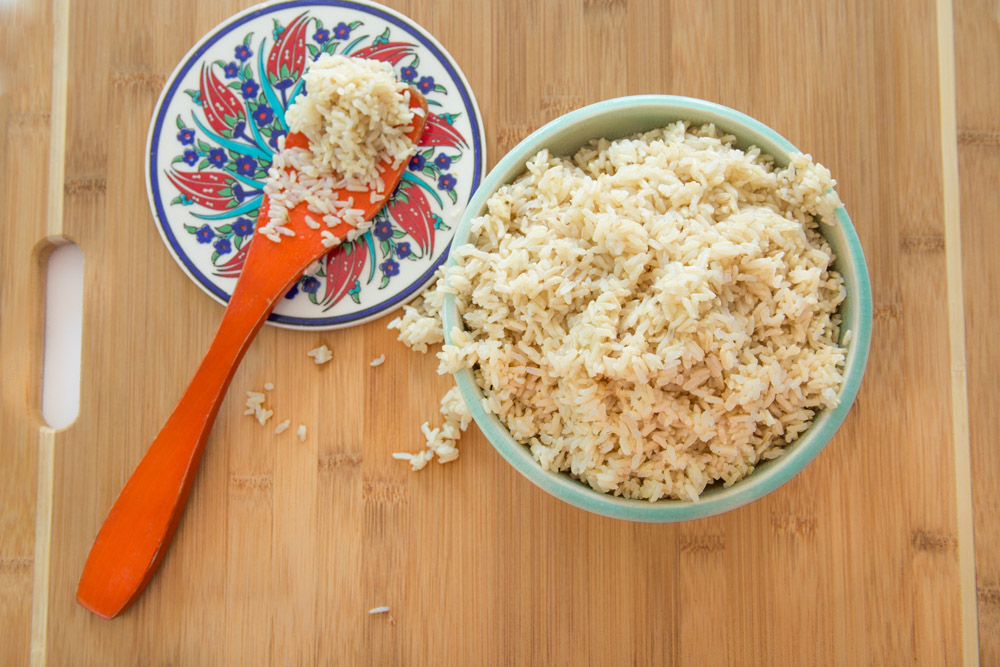


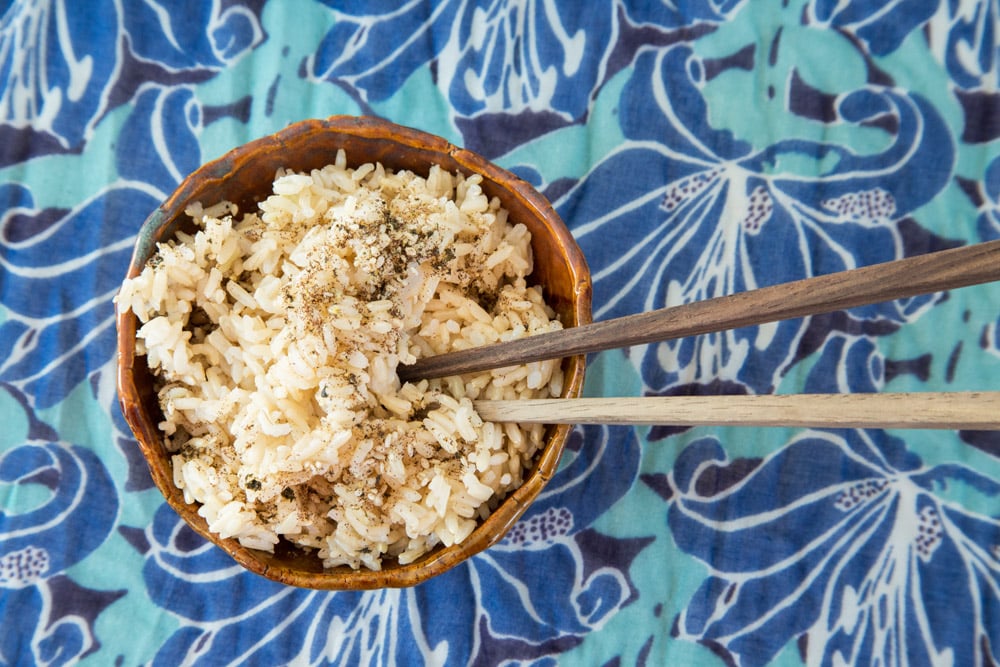
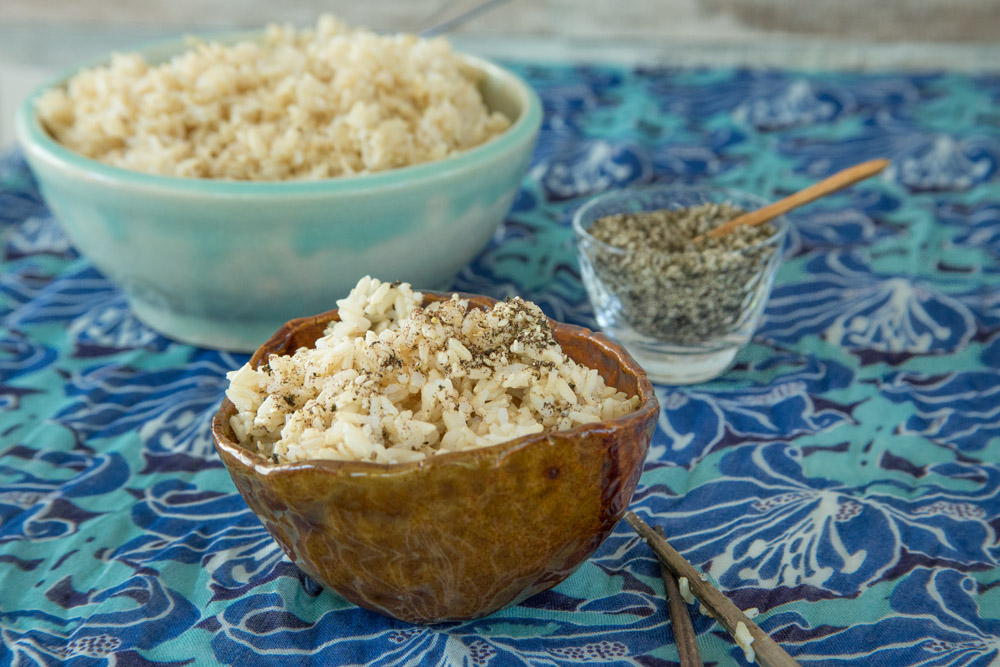
Wishing you a happy week. May it be filled with arming yourself with knowledge.
Xo
Molly
17 Comments
Leave a Comment
You may also enjoy...
Love the food that loves you back
Get instant access to thousands of plant-based recipes and meal plans, no credit card or perfection required.


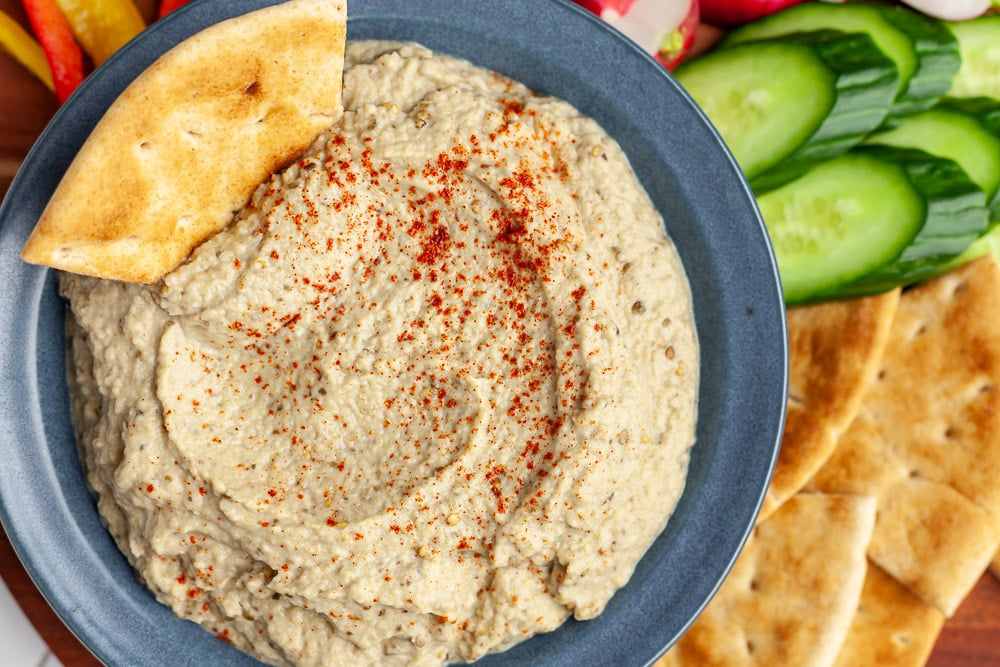





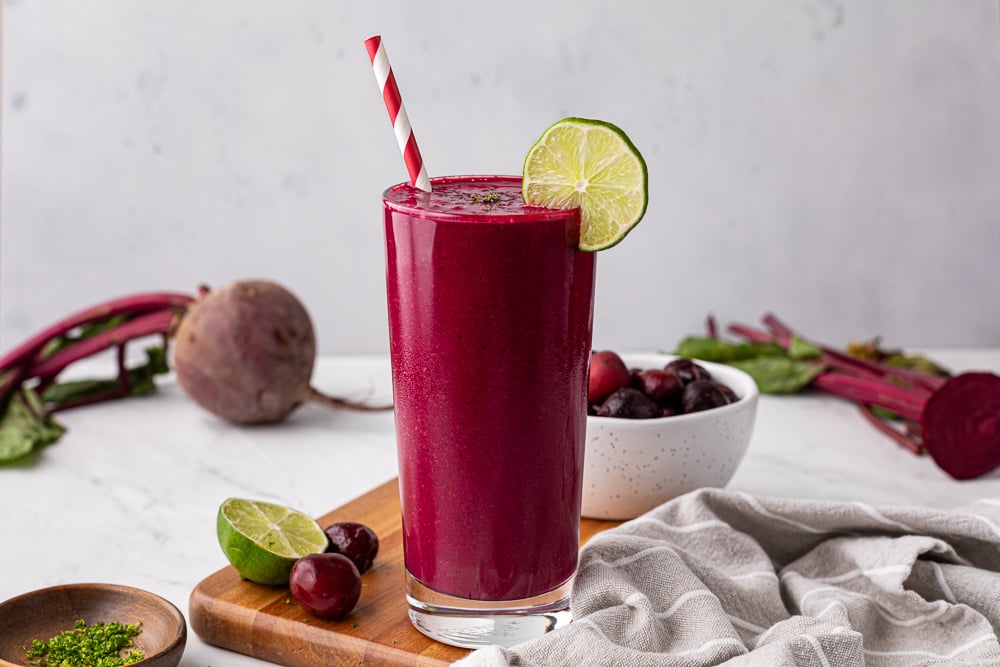




It sounds tasty!! I will share this recipe with my family.
Thanks a lot.
Molly would appreciate clarity on the kidney beans. Are you using canned beans?
Hi Esther, yes for this recipe we are using canned kidney beans, that’s why they need to be rinsed and drained. You could use dry kidney beans that you have soaked and cooked just as easily, but making this a quick recipe, canned is just fine too!
BTW thank you for a brilliant extremely informative blog!
This was a truly educative post! I’ve learned so much! I loved your taco meat recipe.
Fuckin excellent explanation! I think I can even spew this back in an intelligent manner when asked by my SAD eating friends and family! Thanks!
Wish I read your article before I went out this morning and bought long grain organic brown rice , I live in Cape Town and the rice says imported from the USA or Argentina, is it accurate to say this is not California grown rice.
Hi Ronald, Thanks for stopping by! According to the United States Department of Agriculture “Rice Sector At A Glance“, long grain rice production is typically concentrated in the South of the U.S. California tends to be focused on medium-grain rice. ~Karen
Do you think pintos would work well in place of the kidney beans?
Marina, you could use pintos or even a cannellini bean as a sub
Thank you for your awesome article and for sharing your sources!
Hi bing ham, Sure! Thanks for reading!
Thank you for sharing, awesome information on the brown rice arsenic!
Tacos- what soft tortillas/hard taco shells do you recommend using? Any specific brand recommended that I could buy online? I am having trouble finding anything that doesn’t have tons of additives specifically vegetable oil of some kind.
Thanks for all you do!
Hi Jenny!
Thanks for reading the blog! My first recommendation is to join the Clean Food Dirty Girl private Facebook group (you don’t need to be a meal plan subscriber to join) and ask this question as you’re likely to get a lot of recommendations from members. That being said, I usually buy 100% yellow or blue corn tortillas and the ingredients are corn, water, and maybe some lime, I find them in the refrigerated section at our Whole Foods. For larger size burrito-type wraps, we buy the Engine 2 sprouted grain tortillas, but there are other brands. You’ll want to search for sprouted grain tortillas.
Karen
Team Dirty Girl
In paraboiling the rice, I think adding alpha lipoic acid to the rice,
should chealate the arsenic out of the rice.
This should reduce the arsenic in the rice way more than just
paraboiling it.
What’s sprinkled on the rice in the end photos?
Hi Jessica,
It’s furikake. A Japanese topping made with sesame seeds, seaweed, and a few other tasty things. We have recipe for it in Clean Food Dirty Girl right here if you’d like to start a free trial to check it out.
Happy Eating!
Stephanie